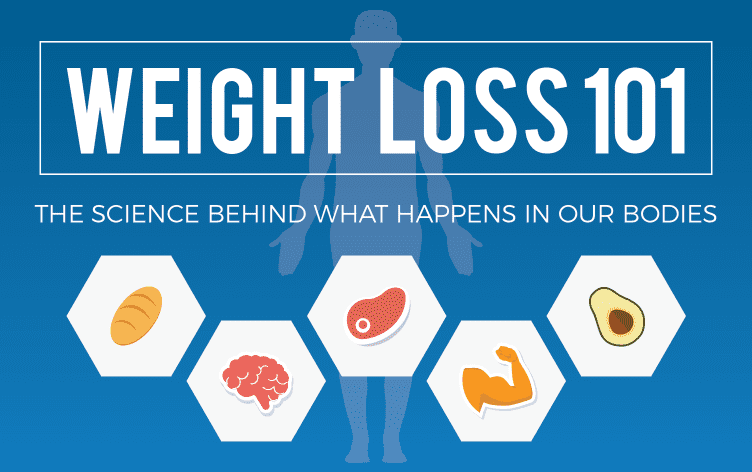Cold Laser Therapy Process For Quitting Smoking
Cold Laser Therapy Process For Quitting Smoking
Blog Article
The Ultimate Cold Laser Therapy Training Guide
When it comes to treating injuries, physical therapists use a variety of treatments. One of them is cold laser therapy, also known as low-level light therapy (LLLT).
It is a painless process that involves just a handheld device rubbed over the skin. LLLT can help reduce inflammation, improve healing, and boost the growth of new cells.
What is LLLT?
Cold laser therapy is a painless, noninvasive treatment that uses photons to stimulate the body’s natural healing processes. It is typically used to treat injuries and pain conditions that are resistant to standard medical treatments, such as complex wounds and lymphoedema.
During this procedure, a handheld device the size of a flashlight is placed over the painful area to transmit energy to damaged tissues and promote cell growth. While the laser is in place, patients often feel a slight warmth, but otherwise experience no discomfort. Each treatment session lasts only about five to ten minutes.
It is important for healthcare professionals to understand how LLLT works and the benefits it can offer patients. Additionally, they should be familiar with the key laser safety guidelines that should be followed to minimize risks and ensure patient safety. These guidelines include:
How Does LLLT Work?
LLLT works by using certain wavelengths of red and near infrared light that penetrate the skin without heating it. The laser’s photon energy is absorbed by the mitochondria within the cells of your body, which triggers a biological response that has been known to help with pain management and tissue regeneration.
For example, LLLT helps reduce musculoskeletal pain by stimulating adenosine triphosphate (ATP) production in the affected area. ATP is an important energy source for the cell and it accelerates nerve transmission, which cold laser theray is crucial for pain relief.
It also speeds up tissue regeneration after a wound, injury or surgery. It can also increase hair growth and reduce alopecia. A qualified professional is able to use the right class of laser to provide a therapeutic dose that produces consistent and positive results. Keeping up-to-date on laser safety guidelines and implementing a comprehensive training program are essential for safe practice.
What Are the Benefits of LLLT?
The benefits of LLLT include accelerated cell growth and tissue repair, pain relief, reduced inflammation and swelling and increased blood flow. It also increases collagen production, which helps to improve elasticity in tendons, ligaments and muscles, and speeds up wound healing. LLLT also stimulates the formation of new blood vessels and encourages the release of nitric oxide, which can help to promote vasodilation and improve oxygen and nutrient delivery.
Another benefit of LLLT is that it is a non-toxic and drug-free treatment option. It is safe to use over almost any area of the body, and patients do not experience any discomfort during treatment sessions, which can last between five and ten minutes. Because of its many potential benefits, LLLT has become an integral part of the armamentarium of health care providers and is increasingly used in injury rehabilitation and in the treatment of chronic pain syndromes. LLLT has also been shown to be helpful in the management of anxiety and may increase mood by stimulating the release of endorphins.
How Can I Get Started with LLLT?
LLLT is often used to treat soft tissue injuries, pain relief and accelerate healing. It is also effective in reducing long term pain from conditions such as rheumatoid arthritis, neck pain and tendinopathy. It is safe to use and does not cause any damage or irritation to the skin.
It can be performed by a health professional in their office. A treatment usually lasts for 8-15 minutes. During the session, the scalp is exposed to light-emitting diodes, either placed in a bonnet or head cap. The patient may experience a slight heat sensation from the exposure, but it is not painful.
LLLT has become more widely offered by physiotherapists and orthopedic surgeons as a potential option for pain management. However, it is important to be aware that not all LLLT devices are the same. Some have high powered lasers, while others are more comparable to LED devices that you can buy for home use. Make sure to research the LLLT device you are considering and consult a crâniofacial plastic surgeon before buying one.